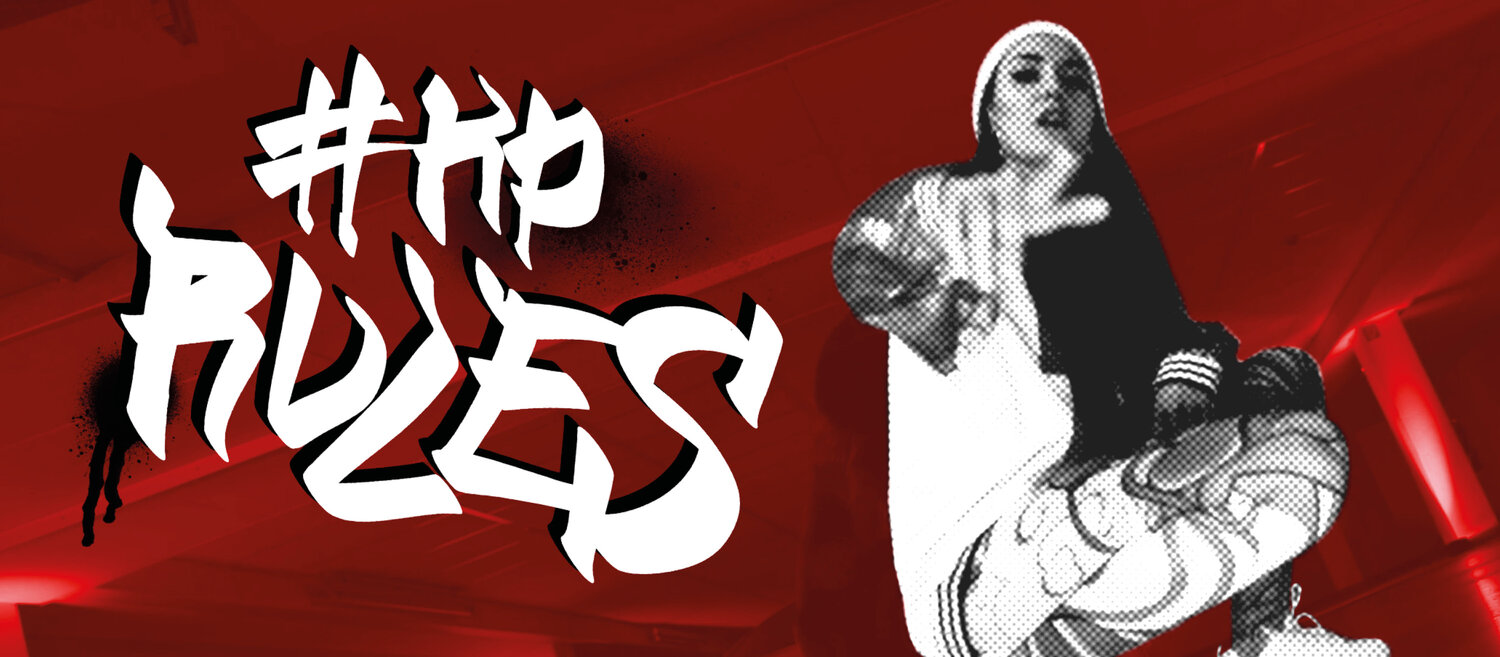1. Stay in the picture
As soon as we have to present something in front of people, the business-zombie part of our brain reflexively calls for presentation slides. It’s a nice deal. We can share our on-screen presentations to every participant over Zoom, Teams, WebEx, etc. But: Then you don’t see the participants anymore, and they don’t see you. Fair enough – in some cases that’s a win-win. But it can also put you to sleep, and just because it’s easy to implement from a technical standpoint doesn’t mean it ever works.
Instead, use selective “cut-ins” or on-screen overlays. Introduce the topic and share a short explanatory video or individual overviews that you can turn on and off, and you’ll replace what feels like a good 40 slides. Or, do it like the daily news and show images and information off to your side or in the background. Please note: This will often mean drastically simplifying your slides and focusing on a message. Every slide is a story and is usually best told metaphorically – this is also a huge opportunity for good designers.
As the “small solution” here, dedicated tools that make this possible with common video conference programs are helpful. For larger formats with more exposure, it can also make sense to create fixed settings. We’ve designed the respective backdrops and superstructures for several customers: A kind of web TV studio in the company’s corporate design. For very special events, we use even more variety with changing perspectives and live direction.
2. Don’t just be there – be right in the middle
Long talks and presentations can be exhausting even in the analog world. In the digital environment, not only are there more distractions, but viewers’ concentration can drop rapidly after longer periods spent staring passively at the screen. The solution: Take part and interact. For one, common software programs often offer these kinds of tools, from group work in breakout rooms to survey and voting functions. So in this sense video conferencing 1.0 is probably already a common reality.
But with a little imagination and skill, you can also pull off a real work of art: A remote drum workshop as a team event? No problem. Same goes for a brainstorming breakfast or lunch strategy session – provided you have the right idea and some planning.
Or you can think big: Why not familiarize your staff playfully and sustainably with the new strategy in the form of a “Who Wants to Be a Millionaire”-style quiz? Complete with backdrop, sound and light effects, audience jokers, etc.? This isn’t any more difficult to realize in the digital world than in an auditorium, conference room or the company foyer.
Why is this kind of staging important for your digital events? Read rule #3 to find out.
3. The digital surprise
Why should something look different on home monitors from how it would in the analog world? Of course, you can simply show presentations and hold talks as usual. But: Is that fun? Or even interesting? And most of all: Is it really going to stick in people’s memories? Of course not.
Whether you like it or not, your digital events are competing with performances on Instagram, Facebook, YouTube and the like. Why should our brains be satisfied by less? If you want people to remember your content, you have to surprise them. The real art lies in making the most of the unexpected. Dare to take up the balancing act: How much can you break out of your everyday culture – and still be believable? The answer: Often a lot more than you think.
Can a conservative pharmaceutical company do employee outreach using rappers with gold chains and fat cars? Yes, if the planning is strategically awake and the implementation is professional. This is what happened with a customer of ours in December 2020. And it was a huge success.
Or what about the time a well-known comedian “unexpectedly” dropped in to the company meeting and cheekily asked the CEO the questions everyone else was afraid to ask? Even half a year later, no one has forgotten the appearance – or the content.
An automotive supplier’s brilliantly staged in-house digital trade show created real enthusiasm among its customers when the view “switched” live to different rooms depending on the question being asked.





 komm-passion.de
komm-passion.de

